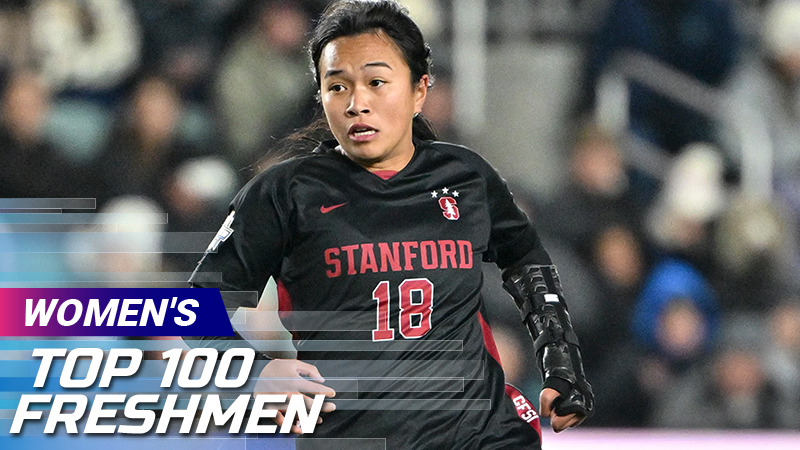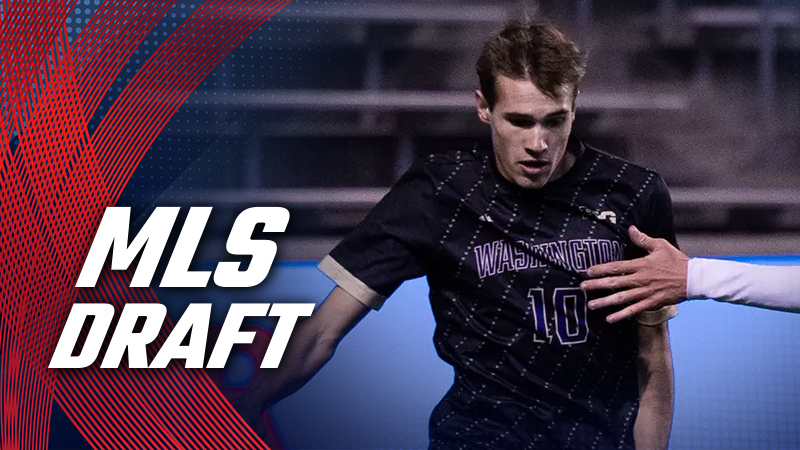Pay-to-play system still evolving in U.S.

The relationship between soccer in the United States and the pay-to-play model is a deep and frequently complicated one. The country’s sheer size is daunting from an organizational aspect, and how to work players around the expanse without big money funneling into the game from higher channels has puzzled for decades.
In the past, the pay-to-play model has been derided as a bastion of America's upside-down pyramid that U.S. national team coach Jurgen Klinsmann famously criticized on an ESPN World Cup broadcast in 2010. As the talent level has steadily increased, the access to elite level play on a local level remained in stasis. Which means the game here has often been ruled by purse strings instead of boot laces.
Years ago, the pay-to-play model in the United States developed in part because of the game’s historical status as more of a hobby than a passion. As a decidedly for-profit business, youth soccer became an avenue for training companies to farm out their services to local clubs in need of experienced coaching for a fee. In order to raise that fee, the clubs charged each player a tuition to play. For hobbyists and high level players with the means to follow the system, it had few palpable drawbacks.
Headlines
- Recruiting Roundup: December 15-21
- How Do I Get Scouted by TopDrawerSoccer?
- 2026 Women's Division I Transfer Tracker
- Niko Markovic Selected First in MLS Draft
- 2026 Major League Soccer Draft Results
- Women's College Postseason Freshmen Top 100
- TDS Boys Regional Rankings: Class of 2027
- 2026 Major League Soccer Mock Draft
- Women's College Postseason Top 100 Players
-
Top MLS Academy Alumni Performances




